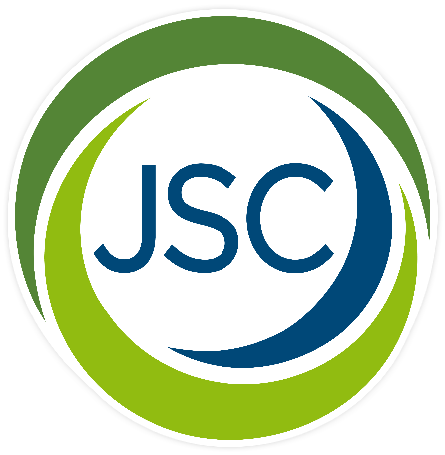
The United States has been dealing with steeply rising healthcare costs over the past decade. However, there may be hope.
According to the August 2017 Altarum Institute Center Health Sector Trend report, healthcare spending growth slowed in 2016, growing by only 4.6 percent, and the trend appears to be continuing. Estimates based on new data show the downward movement continued for the first half of 2017 at 4.4 percent.
This promising outlook can be attributed to a multitude of factors, but there is one in particular that is important to consider as healthcare leaders work to decrease spending in 2018: innovative models for high utilization patients.
In the United States, more than 50 percent of healthcare costs are accrued by five percent of patients. That five percent, referred to as high utilization patients, are those with multiple or complex conditions that require frequent “high-need and high-cost” treatment. Unique models built to administer care to this group have proven to be a viable solution for cost savings and increased quality of care. The cost savings aids the balance between the cost of care for “high-need and high-cost” individuals and those sharing the cost passed down from insurance companies to cover the cost of that group. In other words, everybody wins.
We are especially familiar with the positive impact of these innovative models of care at Jordan Search Consultants. Because of our knowledge in this space, we were recently engaged by an industry-leader in this arena, AbsoluteCARE.
AbsoluteCARE is a comprehensive staff model Patient-Centered Ambulatory ICU to which health insurance companies refer patients directly. By reducing ER use and length of stay, and by managing and preventing the complications that lead to additional hospital admissions, AbsoluteCARE is consistently achieving outcomes that are largely unprecedented among the high utilization population. Their target patient population traditionally scores in the lower 30th percentile with most Value-Based Purchasing measures, while AbsoluteCARE members score above the 90th percentile.
The life-changing effects this model has for the most at-risk population, and for the healthcare system as a whole, can and have been replicated. According to Hospital & Health Networks Magazine, a number of health systems are adopting innovative approaches that combine intensive-care coordination with supportive housing for high-utilizing populations who are facing housing insecurity, chronic disease, substance use disorders, and mental health conditions, and who are bouncing from the streets to emergency departments to inpatient stays to jail—frequently interacting with first responders and clinical providers.
As healthcare leaders consider options for improving quality and reducing costs, it’s important to keep in mind that launching a successful care management model depends on committed leaders and a staff with strong interpersonal skills to engage high-risk patients.
If you’re an organization interested in leveraging recruitment strategies in order to address high utilization, Jordan Search Consultants can help. Contact Kathy Jordan at [email protected] to learn more.


